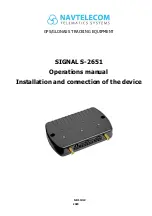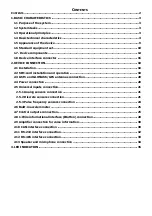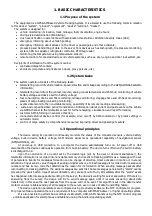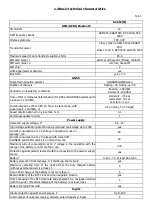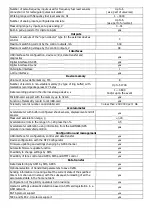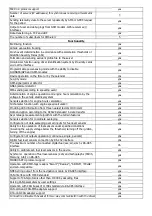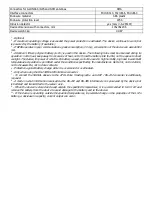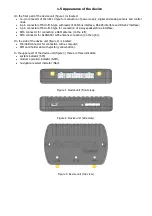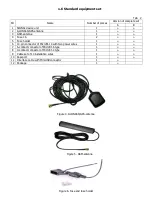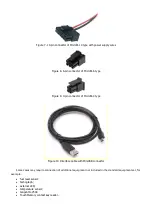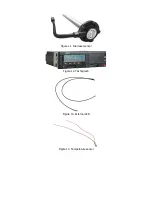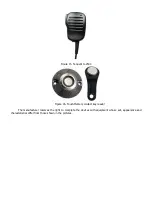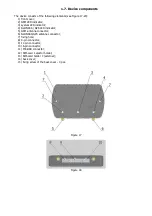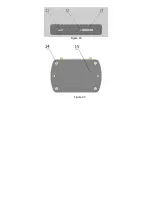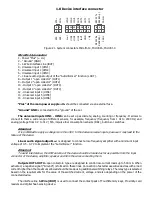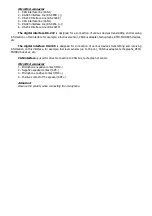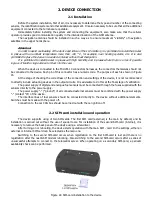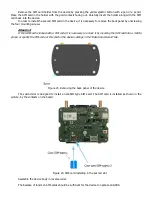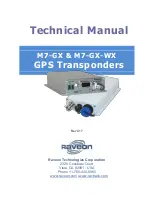
1.4 Basic technical characteristics
Tab 1
S-2651(M)
GSM/GPRS/Bluetooth
3G modem
no
GSM frequency bands
GSM 850, EGSM 900, DCS 1800, PCS
1900
IP-stack protocols
TCP, UDP
Transmitter power
Class 4 (2W) in GSM 850 and EGSM
900;
Class 1 (1W) in DCS 1800 and PCS 1900
Maximum speed of data transfer/reception, kbit/s
85,6
SIM card holder 1
external with ejector (Molex), miniSIM
SIM card holder 2
internal, nanoSIM
SIM chip
1
2
GSM-signal jammer detector
yes
Bluetooth
yes, v 4.0
GNSS
Supported navigation systems
GLONASS/GPS/Beidou
Number of channels
tracking: 33, picking-up: 99
Sensitivity (in laboratory conditions)
tracking: -165 dBm
cold start: -148 dBm
Time of first coordinates determination (for GPS and GLONASS systems with
a signal of -130 dBm)
cold start: <35 sec
warm start: 30 sec
hot start: <1 sec
Coordinates error, (50% CEP, 24 hours in static mode, with
signal levels -130 dBm), m
2.5 (in plan), 5 (in height)
Speed determination error is less than, m/s
0,1
Coordinate update rate, Hz
1
Power supply
Operation supply voltage, V
2
9,5…47
High voltage pulsation protection and
prolonged overvoltage up to 200V
yes
Current consumption at 12 V voltage in operation mode on
average
3
, mA
80
Current consumption at 12 V voltage with turned off
GLONASS and GSM modules is no more than, mA
30
Maximum current consumption at 12 V voltage in the operation with the
charge of the battery is not more than, mA
200
Protection against polarity reversal with the connection to the exterior supply
source
yes
Battery
4
Li-Po 3,7 V, at least 800 mAh
Battery protection from recharge, full discharge, short circuit
5
yes
Maximum operating time of the device from the fully charged battery
(without external power) is at least, h
5
Time of full charge of the battery is not more than, h
6
Backup battery of the RTC clock and the navigation module
yes
Time of keeping of the RTC clock rate and ephemeris in a navigation module
(with the power off and discharging of the battery) is at least, days
5
Battery charging from USB
yes
Inputs
Inputs protection against power surges, V
Up to 200
Total number of universal (analog, discrete, pulse-frequency) inputs
6
Summary of Contents for SIGNAL S-2651
Page 16: ...Figure 19 Figure 20...

